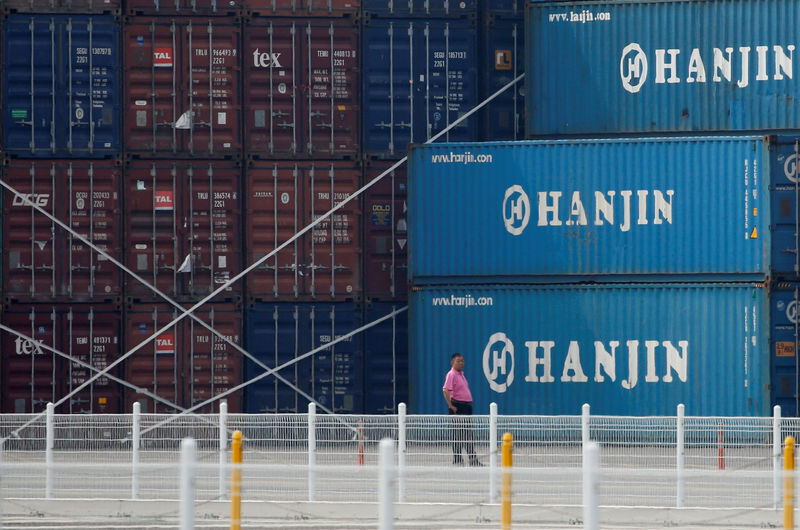Fubotv earnings beat by $0.10, revenue topped estimates
Investing.com -- Chinese imports fell sharply in April, data showed on Tuesday, indicating that local demand remained weak despite a pick up in economic activity, although a bigger-than-expected rise in exports saw the country log a strong trade surplus.
China’s imports fell 7.9% in April from the prior year, data from the Customs Administrations showed, much worse than estimates for a drop of 5%, and the prior month’s reading of negative 1.4%.
The reading showed that domestic demand in China for goods ranging from commodities to consumer products was on a downturn, even as the country relaxed most anti-COVID measures earlier this year.
A slowdown in manufacturing activity in particular has dented demand for commodity imports, as has weakness in the country’s massive property sector.
The drop in imports also comes despite repeated government efforts to shore up local consumption, which saw Beijing roll out a slew of liquidity measures this year. But while consumer spending saw a rebound, capital spending among businesses remained weak.
On the other hand, China’s exports grew a bigger-than-expected 8.5% in April, more than expectations for a rise of 8%. But the pace of growth slowed from March’s reading of 14.8%.
Still, the strong export figures saw the country log a trade surplus of $90.21 billion, more than expectations for a $71.60 surplus, and slightly above March’s balance of $88.19 billion.
The reading indicates some improvement in overseas demand for Chinese goods, which could elicit increased manufacturing activity in the coming months. But analysts have also warned that the demand boost could be short-lived, especially as global economic conditions worsen.
China’s yuan fell 0.2% after Tuesday’s data, given that it likely heralds more liquidity measures to boost local spending - a scenario that is negative for the currency.
While China's economy grew more than expected in the first quarter of 2023, growth remained largely skewed towards the services sector. Manufacturing, which is a major economic driver for the country, has struggled to recover from three years of COVID-related disruptions.
